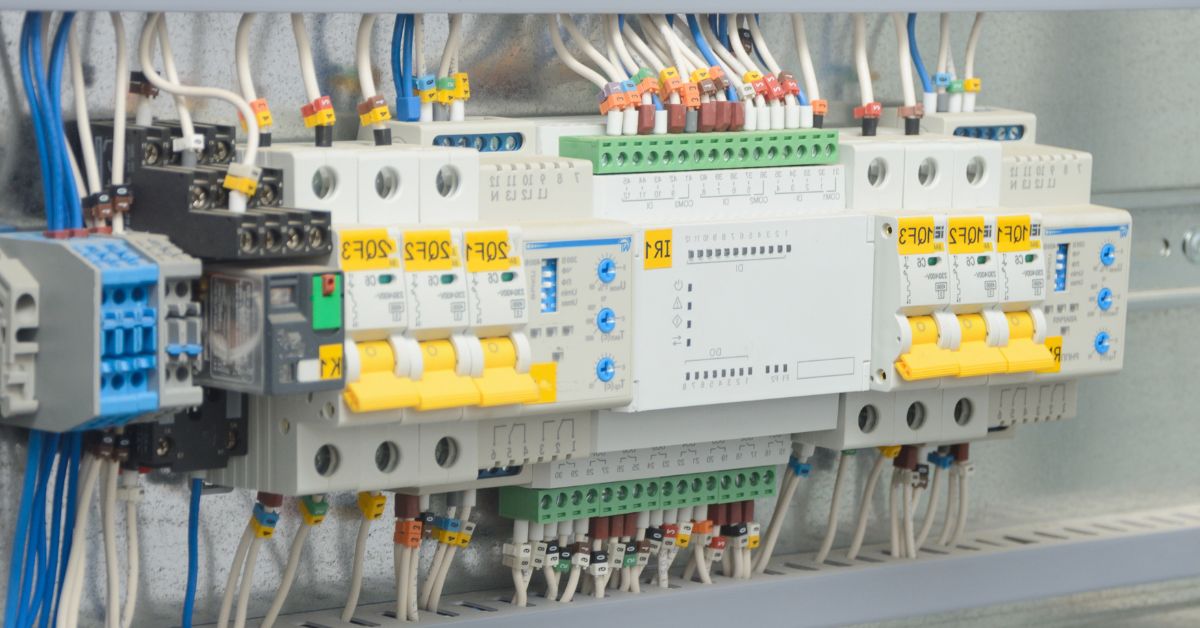Top Things To Consider When Choosing a PLC

When you are in the process of selecting a programmable logic controller (PLC), it is crucial to fully comprehend the complexity and importance of this task. A PLC serves as the backbone of your automation system, controlling the operations of machines and processes. Therefore, making an informed choice can significantly influence your system’s efficiency, reliability, and cost-effectiveness. This blog aims to guide you through the key things to consider when choosing a PLC, from understanding your application requirements to considering the software and hardware features of different PLCs.
Intended Application
The intended application of the PLC plays a crucial role in the selection process. The nature of your project determines the type of PLC you need. For instance, a small-scale manufacturing unit may require a simple, compact PLC, while a large industrial plant may necessitate a modular PLC with extensive capabilities. It is important to assess the complexity of your operations, the number of I/O points, the required processing speed, and the level of communication needed between devices. Understanding these parameters can guide you toward a PLC that meets your specific application requirements.
Available Software Features
When evaluating PLCs, one must not overlook the available software features. The software is primarily responsible for programming the PLC and managing its functions. Key features to consider when choosing a PLC include ease of use, compatibility with your systems, availability of pre-programmed functions, and troubleshooting capabilities. The software should also provide efficient data handling and reporting features to aid in monitoring and optimization.
Scalability
Scalability is a significant aspect to consider when choosing a PLC. Your automation needs may change over time due to business growth or alterations in your operations. A scalable PLC allows for easy expansion and adaptation to meet these evolving needs. It should offer flexibility in terms of additional I/O points, increased memory capacity, and the ability to handle more complex processes. This adaptability saves you from costly and time-consuming equipment changes in the future.
Quality
Quality is another critical factor in PLC selection. The quality of a PLC impacts its performance, reliability, and lifespan. High-quality PLCs offer robust construction, reliable operation, and resistance to environmental factors such as dust, temperature variations, and vibrations. They also provide consistent performance over extended periods, reducing the risk of unexpected breakdowns and associated downtime costs. Always choose a PLC from a reputable brand, such as Omron, to ensure quality and reliability.
Safety Features
Safety features are paramount when selecting a PLC. The PLC should have features that protect both the equipment it controls and the personnel who operate it. This includes emergency stop functions, fault detection capabilities, and protective circuits to prevent damage from overloads or short circuits. Additionally, the PLC should comply with relevant safety standards and regulations. Ensuring the safety of your PLC not only protects your investment but also contributes to a safer working environment.





